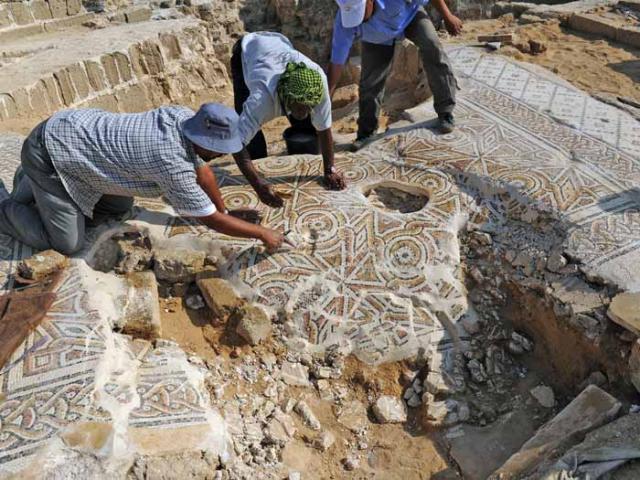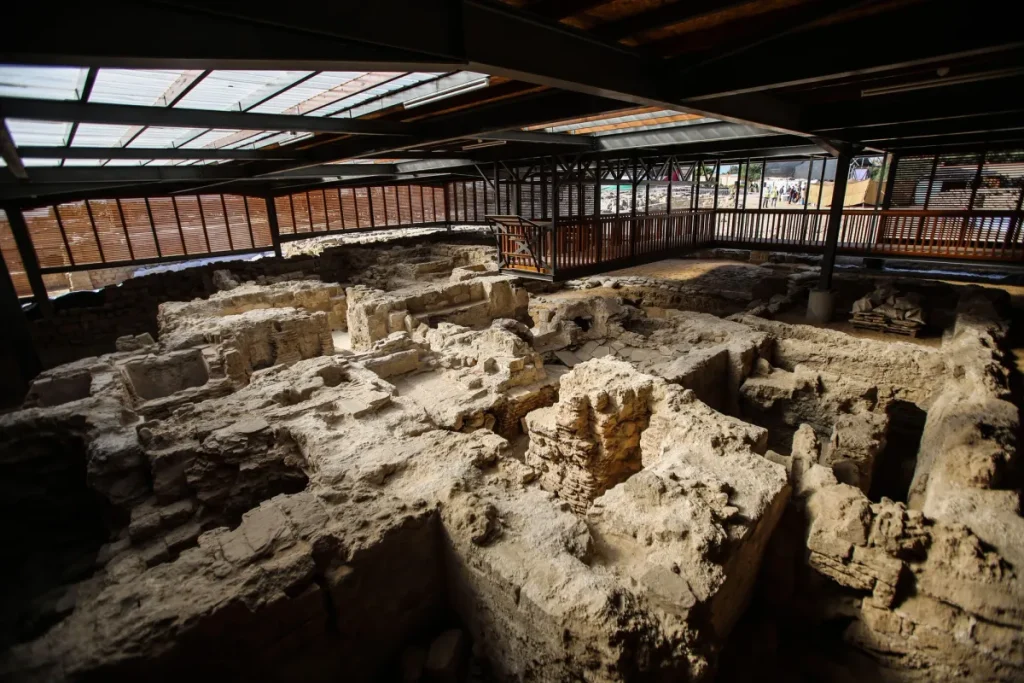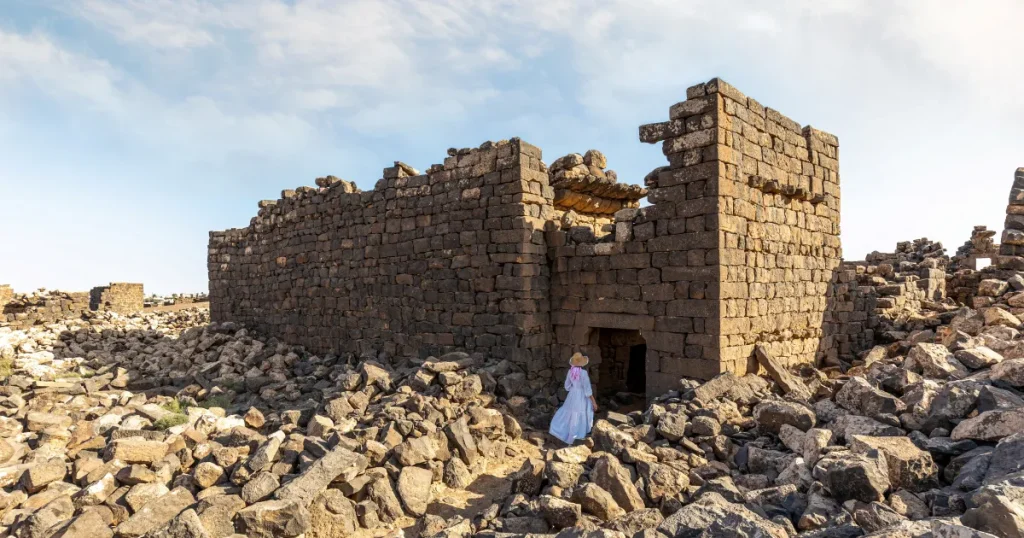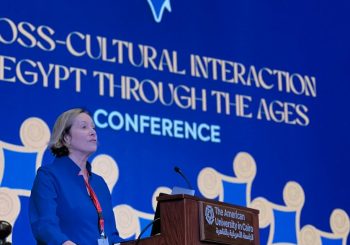At its 46th session in New Delhi, India, United Nations educational, scientific and cultural organization (UNESCO) has added three new Arab sites to its World Heritage List. These include the ancient Saint Hilarion Monastery at Tell Umm Amer in Palestine, the historical ruins of Umm Al-Jimmāl in Jordan, and the Cultural Landscape of Al-Faw Archaeological Area in Saudi Arabia.
The inclusion of these three Arab sites on UNESCO’s World Heritage List marks a significant moment for the preservation of cultural and historical heritage in the Middle East and Northern Africa (MENA) region.
Saint Hilarion Monastery, Palestine: A Window into Early Christian Life
Nestled in the heart of Palestine, the Saint Hilarion Monastery at Tell Umm Amer is a remarkable site that dates back to the 4th century CE. Renowned for its early Christian monastic architecture, this ancient complex is more than just a religious landmark—it is considered a treasure trove of history.
Characterized by five successive churches, bath and sanctuary complexes, and intricate geometric mosaics, the monastery was one of the largest in the Middle East. Attributed to Saint Hilarion, the father of Palestinian monasticism,
The monastery experienced its peak during the 5th and 6th centuries CE but was significantly damaged by a 7th-century earthquake. The site was subsequently abandoned, though it remained of interest to local archaeologists who rediscovered it in 1999.
The well-preserved remnants of the Saint Hilarion Monastery stand amidst olive groves and the nearby town, offering a rare glimpse into the lives of early Christian monks. However, the ongoing conflict in the region means that access to this significant site remains uncertain, highlighting the challenges of preserving cultural heritage in times of war.
Saint Hilarion Monastery is now the fifth Palestinian site on UNESCO’s World Heritage List, joining other significant sites like the Church of the Nativity in Bethlehem and the Ancient Jericho, Tell es-Sultan.
Umm Al-Jimmāl, Jordan: A Journey Through Time
The historical ruins of Umm Al-Jimmāl in Jordan are a testament to a site that thrived between the 1st and 8th centuries CE.
Located approximately 70 km northeast of Amman and south of the Syrian border, this archaeological wonder showcases an intricate blend of Nabataean, Roman, Byzantine, and early Islamic cultures, offering a vivid tapestry of Jordan’s rich past.
Originally a frontier town likely first inhabited by Nabataean traders caravanning between Petra and Damascus, Umm Al-Jimmāl became part of the Roman Limes Arabicus in the 2nd century AD. The town peaked during the Byzantine era, with its well-preserved basaltic ruins featuring ancient inscriptions, artistic elements, and repurposed Roman military buildings. These remnants reveal the stories of the civilizations that once inhabited this region.
With Umm Al-Jimmāl’s inclusion, Jordan now boasts seven sites on UNESCO’s World Heritage List, including Petra, Quseir Amra, Um er-Rasas (Kastrom Mefa’a), Wadi Rum Protected Area, the Baptism Site “Bethany Beyond the Jordan” (Al-Maghtas), and As-Salt – The Place of Tolerance and Urban Hospitality.
Cultural Landscape of Al-Faw, Saudi Arabia: The Crossroads of Ancient Trade
The Cultural Landscape of Al-Faw Archaeological Area in Saudi Arabia is more than an ancient site; it is a testament to the Arabian Peninsula’s vibrant history as a major trading hub.
Situated along ancient trade routes, Al-Faw was a bustling center of cultural and economic exchanges, connecting civilizations across centuries.
The site’s landscape, which includes 12,000 archaeological remains spanning from prehistoric times to the Late pre-Islamic era, is dotted with ancient structures and artifacts that tell the story of a region that was once at the crossroads of the world. With Al-Faw’s recognition, Saudi Arabia now has eight sites on the UNESCO World Heritage List, including Hegra Archaeological Site (al-Hijr/Madā ͐ in Ṣāliḥ), At-Turaif District in ad-Dir’iyah, Historic Jeddah, the Gate to Makkah, and Rock Art in the Hail Region of Saudi Arabia.
UNESCO’s recognition of these sites serves as a poignant reminder of the deep-rooted cultural and historical significance of the Arab world.
In a time when the Muslim community faces racism and Palestine endures the horrors of the war on Gaza, the inclusion of these sites on the World Heritage List is a testament to the enduring legacy and contributions of Arab civilization.










Comments (0)